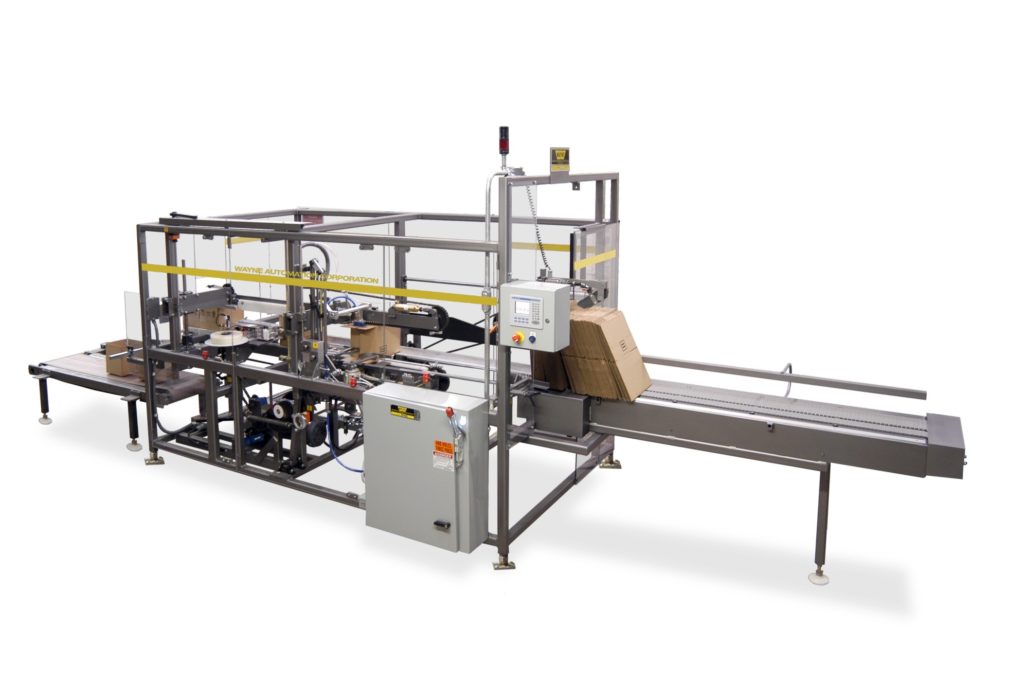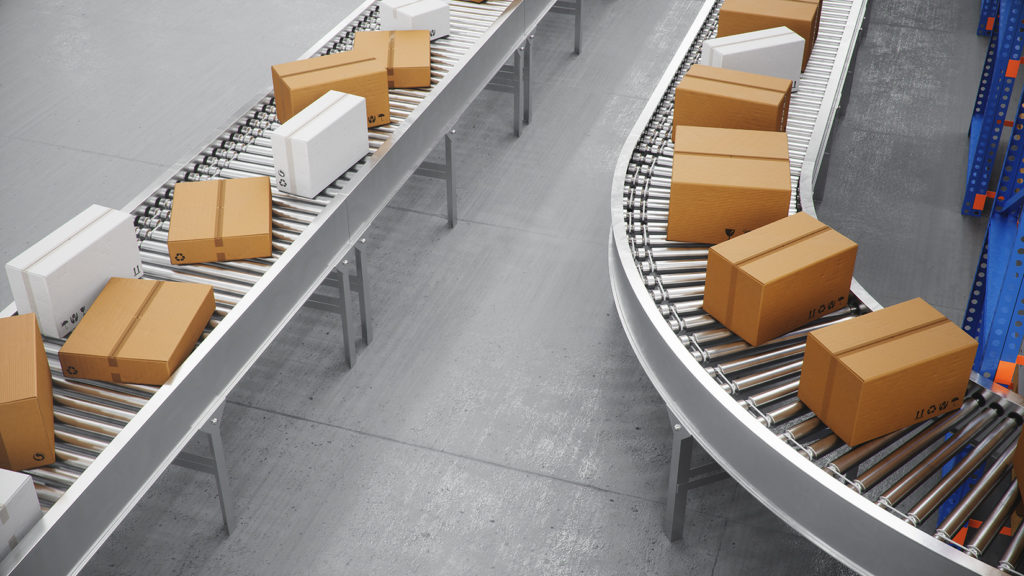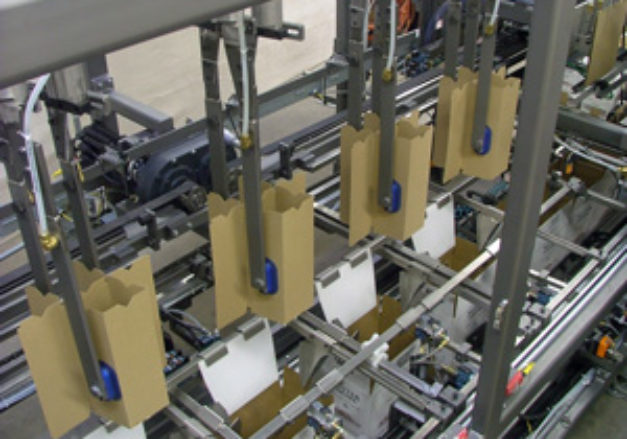Getting the Most Out of Your Packaging Automation
When Covid struck, the economy rapidly accelerated an already growing trend away from brick and mortar stores, and towards ecommerce and delivery. To account for this, businesses have needed to adapt their end-of-line processes to meet demand. As a result, the packaging automation industry is growing faster than ever. The next half decade will see hundreds of millions of dollars in growth.
This newfound prominence of packaging automation is great, both for suppliers and customers. However, many are still not aware of the true range of options out there. Not knowing the differences in a case former vs. a case erector could mean that you aren’t choosing the best automated packaging machinery for your process. You might not even have known there was a difference. That’s why Wayne Automation is here to give you the rundown on the differences between the two machines, and what one can give you over the other.
Case Erectors
 Case erector is a pretty self-explanatory title. The machine takes Knocked-Down Flats (KDFs) in a magazine at one end, and at the other end, it ejects folded cases, ready to be filled. However, that is only part of the equation. Different applications will place different demands on the machine, whether that be speed, floorspace, or specialty box types. This is why Wayne Automation Case Erectors come in eight distinct models to suit the needs of our clients.
Case erector is a pretty self-explanatory title. The machine takes Knocked-Down Flats (KDFs) in a magazine at one end, and at the other end, it ejects folded cases, ready to be filled. However, that is only part of the equation. Different applications will place different demands on the machine, whether that be speed, floorspace, or specialty box types. This is why Wayne Automation Case Erectors come in eight distinct models to suit the needs of our clients.
These eight models fit into to five categories of specialization:
Maximum Speed
- Running nearly twice as fast as any other model, our VCE Case Erector is designed for application where high speed with absolute reliability is the only consideration.
Maximum Versatility
- Accommodating the widest range of box types and sealing methods, the MOD B Series Case Erector is for the suppliers who need one machine to handle any packaging run.
Compact Footprint
- Smaller businesses can’t always spare the budget or space for a massive box erector. The WCE Case Erector and WMCE Case Erector allow growing operations to get to the next level with automation.
Fully Automatic Changeover
- For manufacturers who need to constantly shift between lines, the WLRV-CE Automatic Case Erector eliminates the need for operator interference, increasing efficiency.
Specialty Application
- Oversize and jumbo cases won’t work in conventional automatic case erectors. Alternatively, if your line will only be handling tablock cases, a multifunctional machine may not be efficient for your needs. Wayne’s speciality machines ensure that powerful automation is the right choice for everyone.
Case Formers
 At a glance, the WCF Wayne Case Former appears like any other high-quality case erector we produce.
At a glance, the WCF Wayne Case Former appears like any other high-quality case erector we produce.
Like many models, it can handle a large range of case sizes, can erect Regular Slotted Cartons (RSC) and Half-Slotted Cartons (HSC) from KDFs, and comes with Wayne’s trademark tool-free changeover.
However, what makes the WCF a case former vs. a case erector is its ability to to form finished boxes from fully flat case blanks as well.
The distinction may not seem major. But for manufacturers running volumes of tens and hundreds of thousands of cases monthly, this capability can prove a major money-saver.
KDFs are the most common industry standard. They’re readily available from materials suppliers. They can be assembled at a variety of speeds, including very high ones, as in Wayne’s VCE Case Erector. And KDFs’ bottoms can be quickly and securely sealed with tape.
But KDFs aren’t without drawbacks. They cost slightly more per unit because manufacturers pre-glue their joints. And they come in two collapse directions, or “hands.” You must ensure your carton assembly equipment is properly set for left-hand or right-hand cases before running flats through them—unless you’re using Wayne’s WLRV-CE, with its reliable, fully automatic changeover between the two.
Unlike KDFs, fully flat case blanks aren’t pre-glued. This difference saves a couple cents per box. Over a couple hundred units, savings are barely noticeable. Once you start working in five- and six-digit volumes, however, the value can be tens of thousands of dollars.
The absence of glue not only makes the paper manufacturer’s process simpler, bringing down the cost per unit you pay. It also eliminates glue joint variability. Unless the manufacturer glued all joints properly, the resulting boxes won’t be accurately square when assembled. Irregular boxes can snarl your end-of-line process, making it take more time and cost more money. Glue joint variability simply isn’t an issue with unglued blanks.
Fully flat blanks are also slightly more efficient to store. The building you work in is a major expense for your business. Rent can run between 2% and 20% of your income, depending on your industry. Choosing fully flat, unglued case blanks help you make the most of every inch.
Granted, unglued blanks have their disadvantages. For example, you can’t seal their bottoms with tape. They’re also typically large and can overhang standard 48 x 40 pallets, making them awkward to maneuver.
The WCF Wayne Case Former gives your business the ability to use unglued blanks and KDFs on the same piece of equipment—saving you space, expense, and stress!
Make the Difference for Your Process Today!
Automated packaging equipment from Wayne can bring your end-of-line process to the next level. Whatever your application, we have the experience and expertise to help you stay ahead of the curve, improve your productivity, and set your business up for success.
To find out more about how our products can work for your custom manufacturing process, contact us today.





